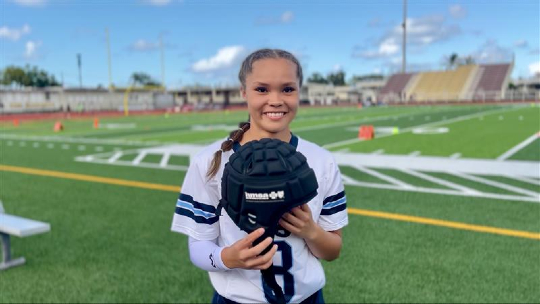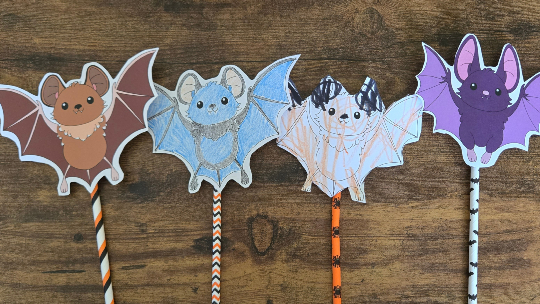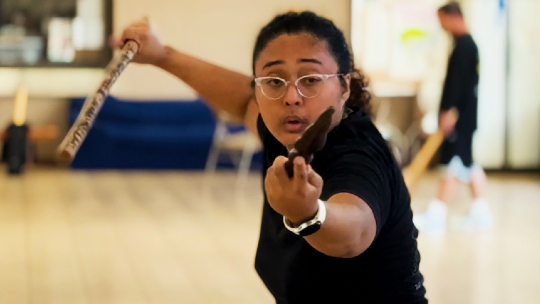Linda Lambrecht was born on Oahu in 1944. She grew up with three hearing sisters and two deaf brothers. Lambrecht was born deaf.
When she was about 6 months old, Lambrecht began learning Hawaii Sign Language, or HSL, which is her native language. She’s a lifelong user of this distinct language but has few chances to use it with others.
That’s because there are as few as 10 users right now, all of whom are more than 65 years old and scattered throughout the state. It’s considered an endangered language.
But efforts are underway at the University of Hawaii at Manoa to make sure that HSL is never lost. Dr. James “Woody” Woodward, adjunct professor at the UH Department of Linguistics and the Centre for Sign Linguistics and Deaf Studies at The Chinese University of Hong Kong, is working with Lambrecht and others to document, preserve, and revitalize the language.
“The ultimate goal is to preserve as much of the language as we can,” he says. “We’re documenting the signs and making a dictionary and textbooks. We’d like to see a revitalization of Hawaii Sign Language.”
![]()
HSL was once believed to be similar to American Sign Language (ASL), used in the majority of deaf communities in the U.S. However, the work of Woodward and his team revealed they’re not similar at all. In 2013, the language was recognized as its own distinct language.
“Everything is different,” Woodward says. “The vocabulary has less than 10% correlation to ASL, which is typical of languages that don’t have a relationship to each other and were developed independently.”
HSL also uses much more body movement and facial expression than ASL. Lambrecht says, “Hawaii Sign Language feels like hula. Growing up, I loved watching hula. I couldn’t hear the music, but I loved watching the motions. When I see this language, it fills my heart.”
HSL saw its greatest use in the Hawaiian Islands from 1900-1940. In the ’40s, Lambrecht says visitors from the Mainland encouraged Hawaiians to switch to ASL because HSL was “too primitive.” That stigma caused the language to begin falling out of use.
“Growing up, I knew HSL and older people would share their history and how they made it without hearing people or interpreters,” she says. “It was wonderful to get their stories from the past.”
Lambrecht had the opportunity to meet Woodward, who’s been involved in sign language research since 1969. She began working with him in 2013 on the landmark HSL study. “She’s very motivated, and has been for many years,” Woodward says. “She was talking about preserving HSL when others were telling her that it’s just a dialect of ASL and it’s not important. But in the project we worked on together, it’s clear that it’s a completely separate language and unrelated to ASL. She’s a joy to work with and has the best knowledge of older forms of Hawaii Sign Language.”
Though the bulk of the study project ended in 2017, Woodward says efforts are ongoing to teach the language and preserve it for future generations. Lambrecht says it’s important to preserve the language because “Hawaiian is more personable to each individual. You can be more engrossed in it. It’s a fight for tradition. HSL is something that’s cherished.”
Even with the revitalization work, Woodward says HSL will probably remain endangered because there won’t be that many people learning it, even if plans to offer it as a for-credit course at UH take shape. “If nothing happens,” he says, “it would likely be dead in the next 50 years.”
But Lambrecht, who teaches HSL and ASL at the Comprehensive Services Center for the Deaf in Honolulu, remains optimistic.
“HSL is slowly getting there. I’m hoping that it doesn’t get suppressed, doesn’t get looked down on, and it doesn’t get lost. It’s a gift from God.”
Illustrations by Garry Ono.



